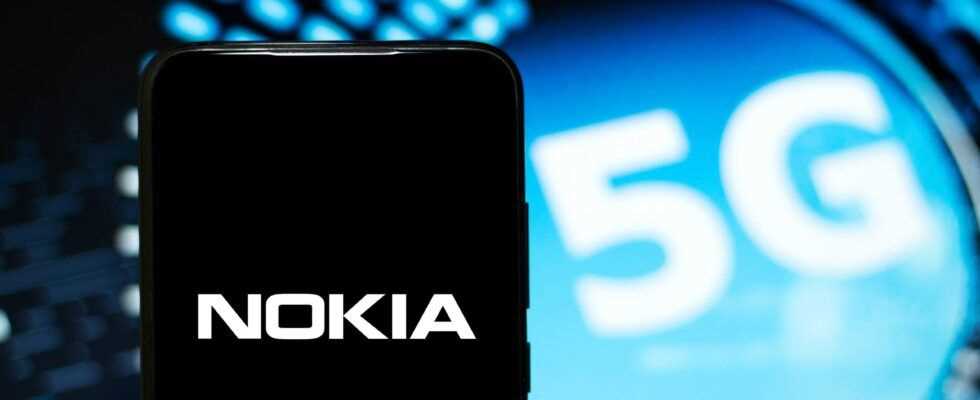E-mobility is still in its infancy. Peaq Technology and the Association of the Automotive Industry want to change that.
Blockchain and the auto industry are no longer unknown. Large automotive companies such as BMW or Daimler have been implementing the technology in their systems for a long time and are cooperating with various companies in the crypto scene. Now the Association of the Automotive Industry (VDA) has heard peaq Technology the first stakeholder from the crypto space. The Berlin start-up shared that in one Blog post With. Together they work towards the goal of making mobility even safer, more efficient, more comfortable and more environmentally and climate-friendly. At the same time, they want to tackle the digital transformation of the German automotive industry using Distributed Ledger Technology (DLT).
Peaq CEO Till Wendler is pleased about the membership in the VDA:
We are very proud to be the first company for blockchain software development to work on the future of mobility at the umbrella association of German automobile manufacturers.
Till Wendler, CEO of peaq.
peaq wants to overcome the hurdles of e-mobility
Ever since the federal government proclaimed the turnaround in traffic, new hurdles that e-mobility has to overcome have been revealed. And also if the charging infrastructure grows, the result is a tough competition in which various providers vie for the best charging locations. One of the main problems is arguably the loading and payment process. Here peaq tries to remedy the situation. They are convinced that the challenges can be solved through an open and manufacturer-independent ecosystem.
In order to realize this vision, peaq has been working with several German automotive groups for two years on a decentralized platform that is intended to simplify charging and payment processes for e-cars many times over. With the DLT, every registered car or charging station gets its own, sovereign identity. The electric car can use this to authenticate itself at the charging station. If this is successful, the loading process begins. During charging, the energy that flows is precisely controlled – the charging station then bills it precisely. So the goal is a peer-to-peer payment system. In order to achieve this, one must move away from proprietary solutions and towards more cooperation between companies in order to jointly make one’s contribution to a climate-friendly automotive industry.
